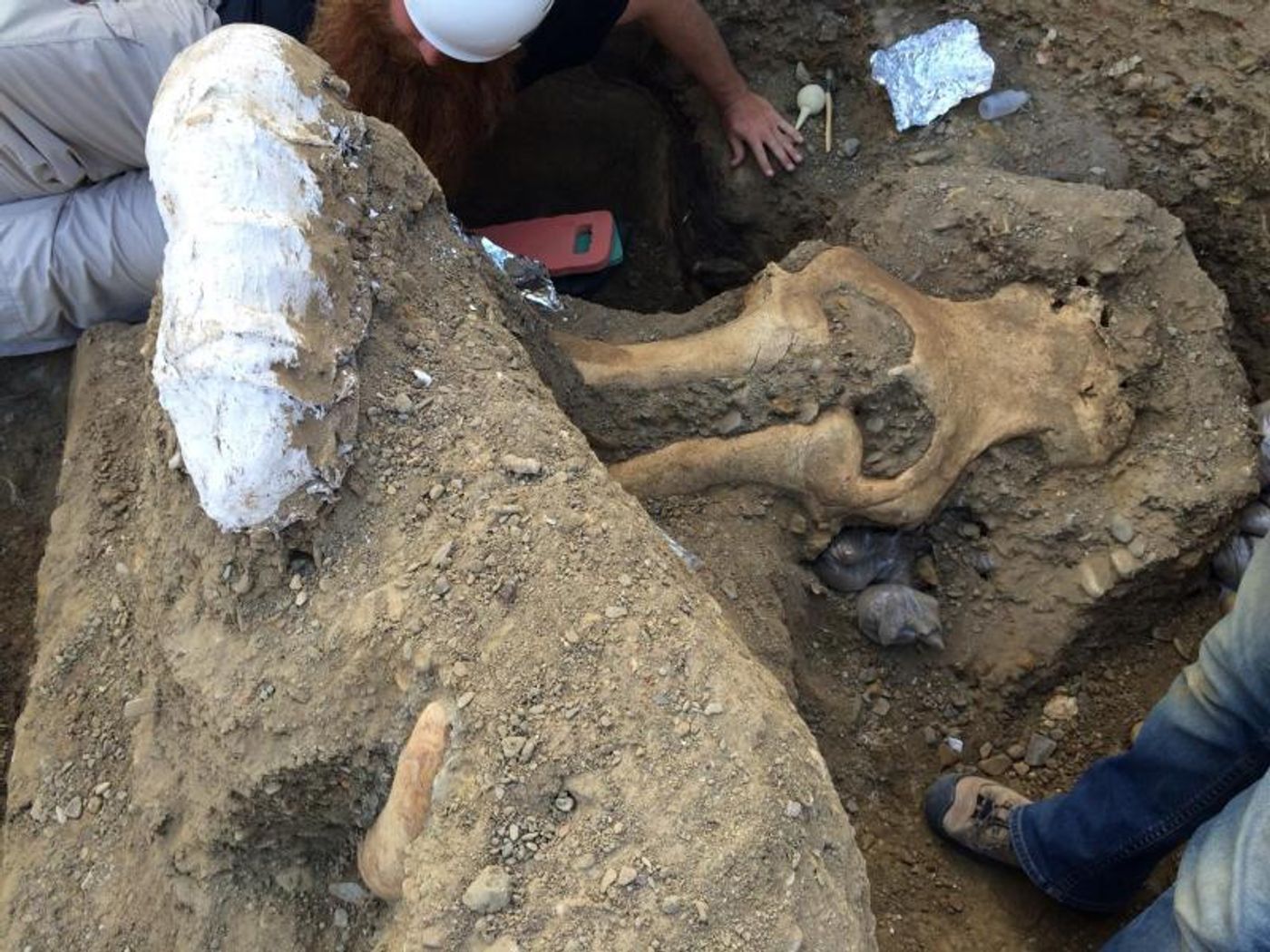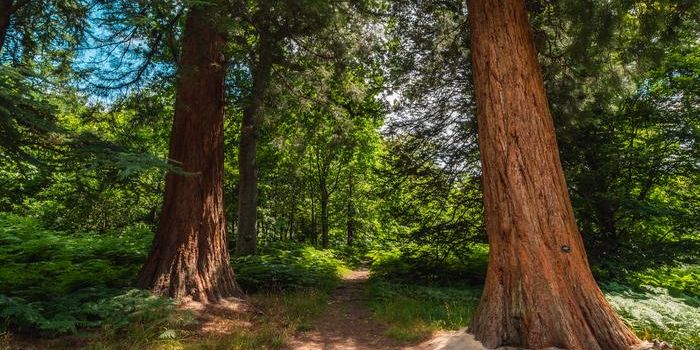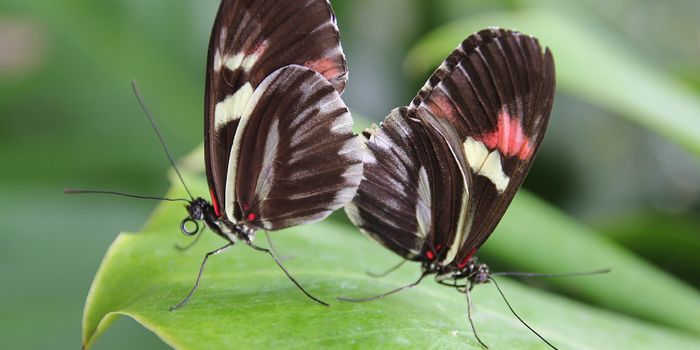There's Something Odd About This Mammoth Skull
After unearthing a mammoth skull just off the coast of California, archaeologists were stumped by some unusual characteristics that don’t quite add up with everything we hold true about the known species. Moreover, the experts who uncovered it say it’s one of the most well-preserved specimens they’ve ever found.

Image Credit: NPS
"This mammoth find is extremely rare and of high scientific importance. It appears to have been on the Channel Islands at the nearly same time as humans," The Mammoth Site paleontologist Justin Wilkins said. "I have seen a lot of mammoth skulls and this is one of the best preserved I have ever seen."
It was originally found in September of 2014 when a tusk was protruding from the ground, but experts haven’t gotten to plucking it out from the Earth until recently.
It’s said the skull is only about 13,000 years old, which is an important finding considering some of the earliest human skeletal remains were also found in North America throughout that time period.
The size and the unique curvature of the tusks, which apparently differ on each side, aren’t quite parallel with what we thought we knew about mammoths, and as a result, scientists aren’t really sure how to categorize or date the specimen.
Moreover, the skull is too small to be from a full-sized Columbian Mammoth and it’s too large to be from the smaller Pygmy Mammoth; instead, it’s somewhere in between. Considering the only factor where there’s wiggle room for interpretation could be age, scientists focused on the teeth and tusks, both of which have been known to help with determining age.
What they found was the right tusk was coiled around back towards the face and extended a full 1.4 meters out, which typically indicates the animal is of older age, yet the left tusk was a lot shorter and sloped downwards instead of coiling backwards, which contradicts the right side by suggesting the animal was a juvenile.
Because an accurate age estimate can’t be placed based on the tusks, the scientists are hoping to see better results by testing samples of the teeth, which are still intact on the skull. Using methods to measure size and thickness of enamel, they can get an appropriate age estimate.
The findings should answer some age-old questions about the migration of the various mammoth species and uncover more on how the species became extinct. These questions still mess with the minds of some of the best scientists in the field today.
Source: National Park Service via Washington Post

















































